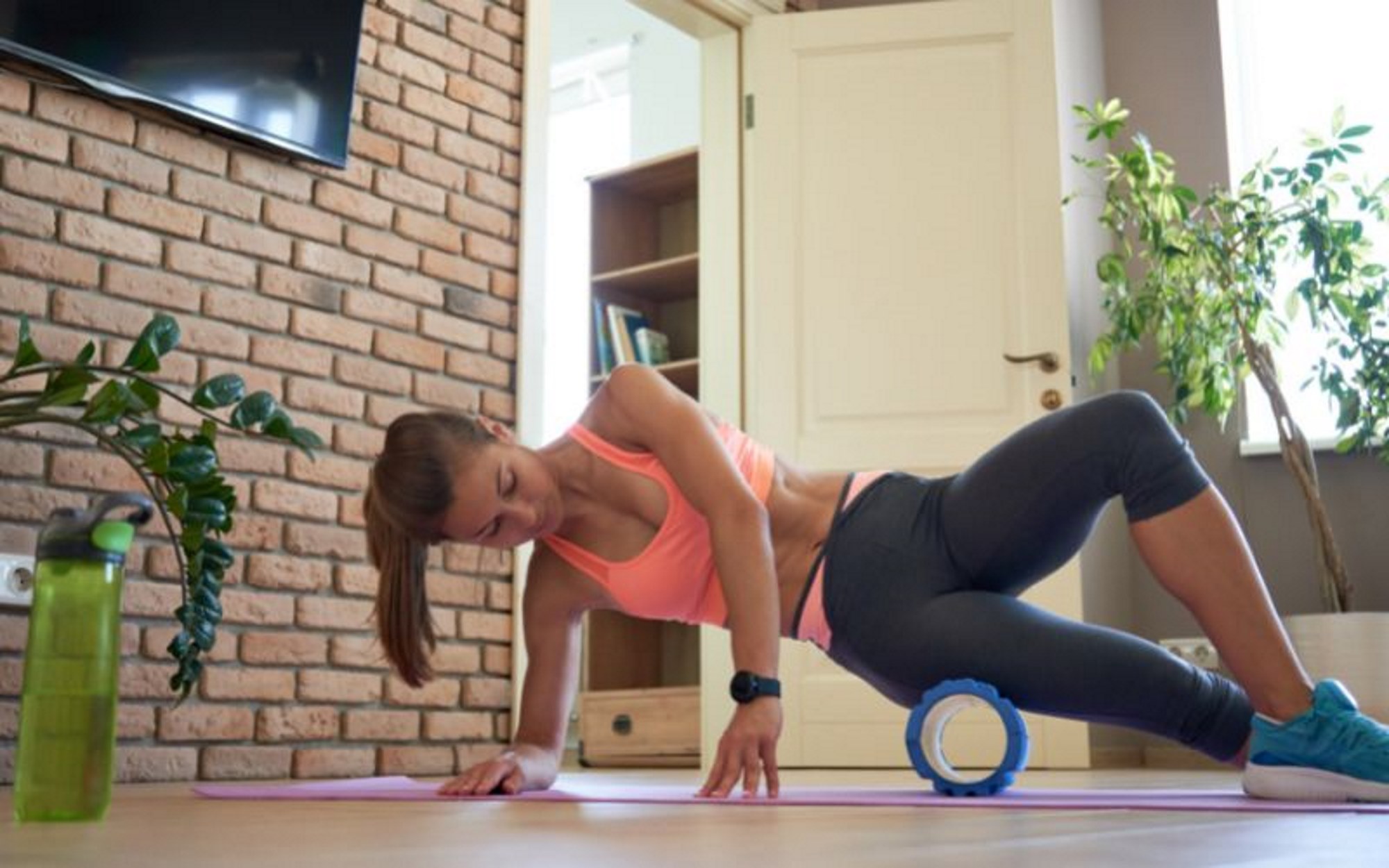
Gym injuries occur all the time due to poor exercise form, intense stress on the body, or simple miscalculations. Perhaps you went too hard or heavy on your set and feel a shooting pain. Your primary focus now is to recover. Here are some at-home recovery tips for treating a gym injury. However, if you suspect the injury is severe, consult your primary care physician.
Take It Easy - Rest
One of the most important recovery tips anyone should do when they experience a minor gym injury is to rest. Listen to your body. Some injuries are minor and you can continue your exercise with slight caution. However, your body may indicate when it’s time to stop. Take the next day or two to address your injury without additional exercise. You don’t want to put additional stress on the body. Avoid worsening the injury.
Roll It Out or Massage It
If it’s a slight muscle cramp or twinge, one of the best recovery tips is to roll it out or massage that muscle. Use a foam roller or massage gun There are some differences between massage guns and foam rollers you should know. Massage guns are portable electric stimulation devices used to provide massage-like pressure on stubborn muscle groups. If you have a knot or aching muscle, a massage gun can provide temporal relief whenever you need it. Foam rollers, on the other hand, dig deep into the muscle to break up knots. While they can also be portable, one must stay in precise and sometimes uncomfortable positions to use them to their full potential. Therefore, it’s best to use them at home. Place the foam roller under the aching muscle and rock back and forth. The momentum and pressure from your body weight will help press down on the aching muscles to break up the lactic acid built within.
Don’t Be Afraid of Temperature Therapy
There are good reasons why many physicians and sports therapists recommend ice baths and heat pads for minor injuries. Temperature therapy is one of the best at-home recovery tips for treating a gym injury. This is due to its role in combating inflammation and pain. Start with an ice bath or cold compress. The cold temperature will constrict blood vessels to stop inflammation and prevent further tissue breakdown. It can also help numb the area. Then switch to a heat pad or compress. The heat kick starts blood flow for faster healing.
NSAIDS Come in Handy
As a last resort, don’t be afraid to use of over-the-counter NSAIDs. NSAIDs stand for non-steroidal anti-inflammatory drugs. Ibuprofen and aspirin are the two most common ones available. NSAIDs help relieve pain, reduce inflammation, and lower your body temperature to prevent fever. They provide quick relief to stop the injury from worsening. Make sure to follow the directions on the consumer label to use it appropriately.
Conclusion
Pain in the body exists for a reason, to tell you something is wrong and it needs to be tended to. To avoid any injuries from getting worse, it is best to address the souce of this pain immediately using the above tips so that you can return to your nagging aches and pain-free self.